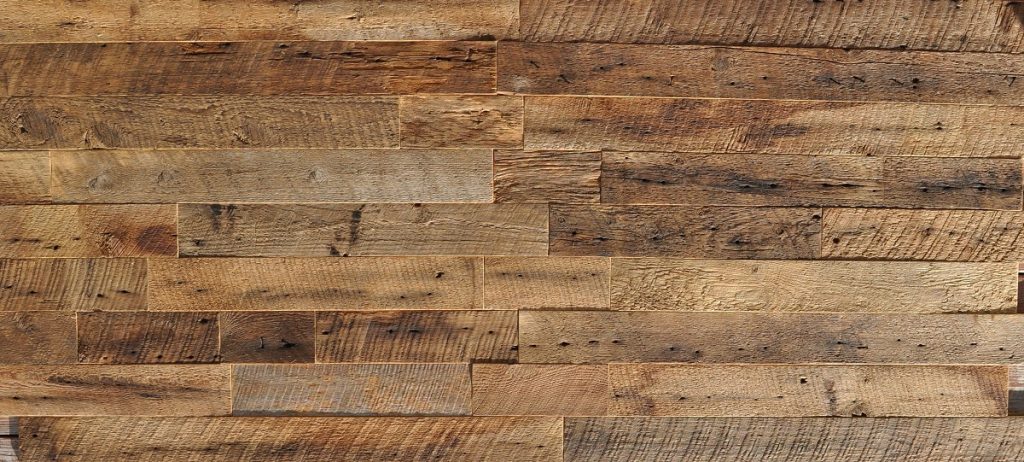Replacing old floors is one of the most frustrating things about a home renovation project. Painting the walls, buying new furniture, replacing worn-out fixtures–all you can do on a budget. But a floor replacement job requires more energy and resources.
Just because you do not have the budget does not mean you have to put up with dirty, old flooring. Consumers today now have many flooring options to choose from, many of them affordable. Whether you want ceramic, vinyl, or hardwood floors in Salt Lake City, there is always an affordable option.
Before choosing a floor type for your project, you need to equip yourself with a bit of knowledge so you can make an informed choice. Each type of wood flooring has its drawbacks and benefits, and a type that works for one room might not be a good choice for another.
Here are two types of wood flooring you should consider:
Solid wood
Solid wood, also known as hardwood, is one of the most common flooring types today. It’s very straightforward to use: the plank or board is installed to the subfloor through nailing.
There are many types of solid wood species to choose from, with domestic kinds such as oak proving the most popular. The wood comes in planks or strips of standardized sizes.
When buying solid wood, you can either choose a finished or unfinished version. For unfinished wood, you have to do the sanding and finishing process yourself. Its main benefit is it costs less than finished sold wood.
Solid wood flooring is a classic option that fits most styles and decors. It’s also easy to clean and maintain. Due to its soft quality, however, they cannot be used in outdoor or high-traffic areas such as entertainment spaces. The wood has to be refinished once a decade also.

Engineered wood
Engineered wood is a cheaper and more durable alternative to solid wood. It looks like a hardwood plank, but the manufacturing process is different. While the top surface is made of natural wood, the lower layers consist of cheaper plywood or recycled wood.
Just like solid wood, engineered wood comes in many styles, grains, and patterns. The options are the same due to the natural wood veneer. Engineered wood planks are installed through nailing or gluing. Some systems can be installed without the use of nails and adhesive.
The low cost makes engineered wood a popular alternative to hardwood. It allows you access to exotic hardwood variants at a fraction of the price. They are also less resistant to temperature changes. They can also be placed over a concrete subfloor, something you cannot do with hardwood.
Engineered wood is not without drawbacks, however. Like solid wood, it is susceptible to wear and tear. And you can only refinish engineered wood up to three times, requiring replacement once you have hit the limit. They are best used for living spaces and basements due to its natural resistance to moisture.
Solid wood and engineered wood are two of the most common flooring types available. Knowing the difference between the two allows you to save on floor replacement without compromising style and durability. Engineered wood planks are also made of recycled wood, something to consider if sustainability is an issue.

